With the Maruti Suzuki Baleno RS, India’s leading car maker finally step into the hot-hatch arena. The Baleno RS has been launched at Rs 8.69 lakh (ex-showroom, Delhi).
Making a splash in the hot-hatch segment is the new Maruti Suzuki Baleno RS, a 100+ hp hot hatchback with an all-new 998-cc Boosterjet turbocharged direct injection three-cylinder petrol engine. This is the first of its kind from Maruti Suzuki as only a handful of their cars deliver over 100 hp and they’re all rather large. A welcome addition to the Nexa umbrella it is, then.
Now, before I tell you more about the car, it’s of utmost importance to understand that the ‘RS’ stands for ‘Road Sport’ and not ‘Renn Sport’ which explains why it doesn’t have more than 350 hp. Among the highlights that complement its sporty image is the new front grille, with a new bumper and air-dam design that teases the intercooler behind it, positioned on the right in front of the engine. The lower-lip aero bit is finished in a smooth contrast grey and that looks cool. Also on offer are dark-grey/almost-black finished 16-inch wheels with grey-finished side-skirts. The rear also gets a sharper-finished bumper with the appropriate aero detailing, as well as a chunky ‘RS’ badge. No, unlike the Swift, it’s not just stickers this time. Speaking of which…
The heart of the matter is the all-new Boosterjet TDI petrol engine. The 1.0-litre unit puts out 102 hp at 5,500 rpm with a peak 150 Nm available between 1,700 and 4,500 rpm. A five-speed manual drives the front wheels. Now, the European version puts out 110 hp and 170 Nm, and the company has mentioned that we get a detuned version to take poor quality fuel and consistency of availability into account. How does it perform?
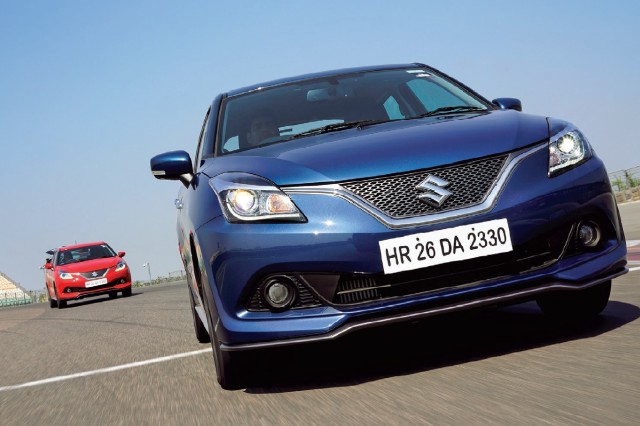
We were at the Buddh International Circuit in Greater Noida to put it to the test in the best way possible. With a full racing grid lined up–almost–on the start line, there was palpable excitement as we would have one whole hour to put in as many laps as we could.
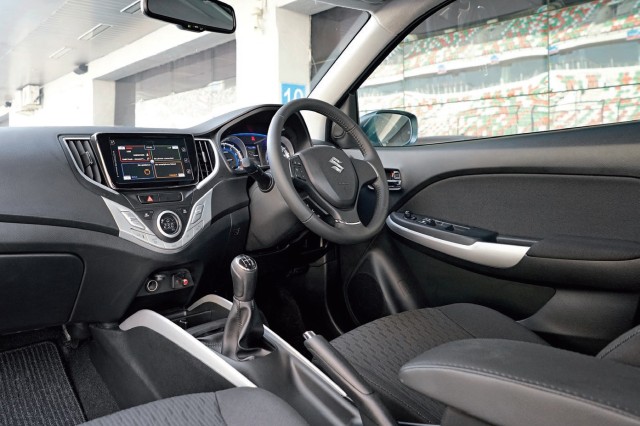
Get inside and the first thing you see is how nothing is really different. The Maruti Suzuki Baleno RS is being offered in the ‘Alpha’ trim level only, with equipment level comparable to the top-spec Baleno. You still get the touchscreen display and the soft seats with a hint of bolster support. The steering wheel has some chrome highlights and the carpet mats have ‘RS’ embroidered into them, although they’re not any lighter. The car, in fact, only weighs 950 kg, so that means it does have a healthy power-to-weight ratio of 107 hp/tonne.
Start it up and the engine is near silent. I prod the throttle to see how it builds up the revs and it drones in response with the needle eventually rising to 3,000 revs. Okay, then. It seems like a rather lazy engine not too eager to rev. That was proven then once we got going. However, once you get on the move, that heaviness lets you keep it on the boil. The BIC is a mix of slow and fast flowing corners and the Maruti Suzuki Baleno RS could do most of them in third, hovering between 4,000 and 5,500 on the tacho. It remained smooth and refined at peak revs, which goes to show it doesn’t mind being unfettered although it does seem like that initially.
The steering feel is reasonably better than the standard car, but maybe it was the track talking. The gearbox slots neatly, and there is no identifiable lag in the upper reaches. Shifting into fourth at 5,600 does drop a good 1,500 revs, though you’re still in the meaty bit of the torque band, which an otherwise 1.6 natural would deliver. On the back straight, try as I might, I couldn’t get past an indicated 163 km/h in fourth. Fifth felt like it could do it but I’d need a straight like Shanghai to try and max that overdrive ratio. Part of me was wondering if that was all that the three cylinders could muster breathing at their best. The air was certainly not the cleanest and it had even gotten to me, let alone the car.
The only real let down were the tyres. The 195/55 R16 Apollo 4G Alnacs are economy-focused and road-oriented and out of their element on track. Tyre squeal and understeer was a common occurrence, although the Baleno didn’t really let go, thankfully, with a balance between throttle and lift. It would have been a bit more effective with sticker lower-profile rubber. The brakes, too, were not one of my favourite bits on the car. All four discs with ABS it does have, yes, but they were just about doing their job. Could I blame the tyres again, then?
So, how does the Maruti Suzuki Baleno RS fit into the ‘hot-hatch’ mix? It has a turbo-three with 102 hp and a five-speed manual. It will be just under Rs 10 lakh on the road in Pune, putting it in the reaches of the 145-hp FIAT Punto Abarth as well as the class-leading 105-hp Volkswagen Polo GT TSI, with its seven-speed dual-clutcher and all. However, this is where Maruti Suzuki’s presence and reputation will come to the fore. So what if it has one less cylinder?
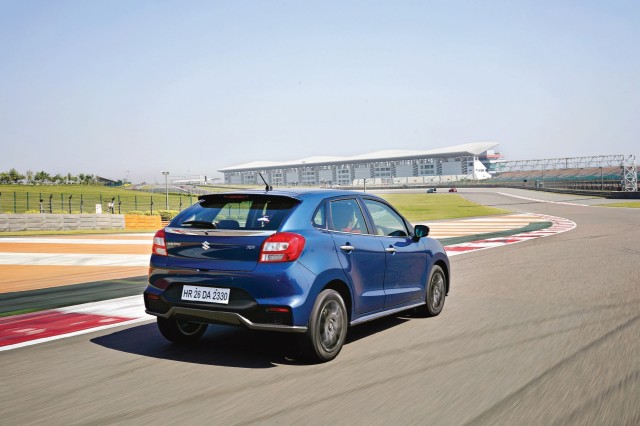
Story: Jim Gorde
Photography: Saurabh Botre


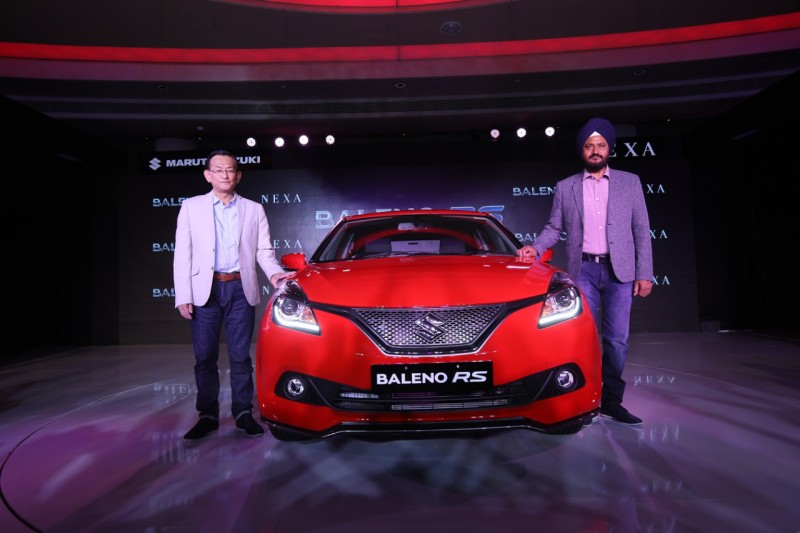














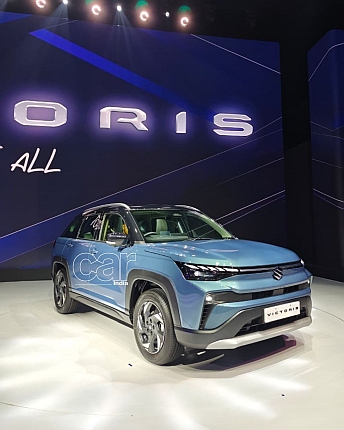


Leave a Reply